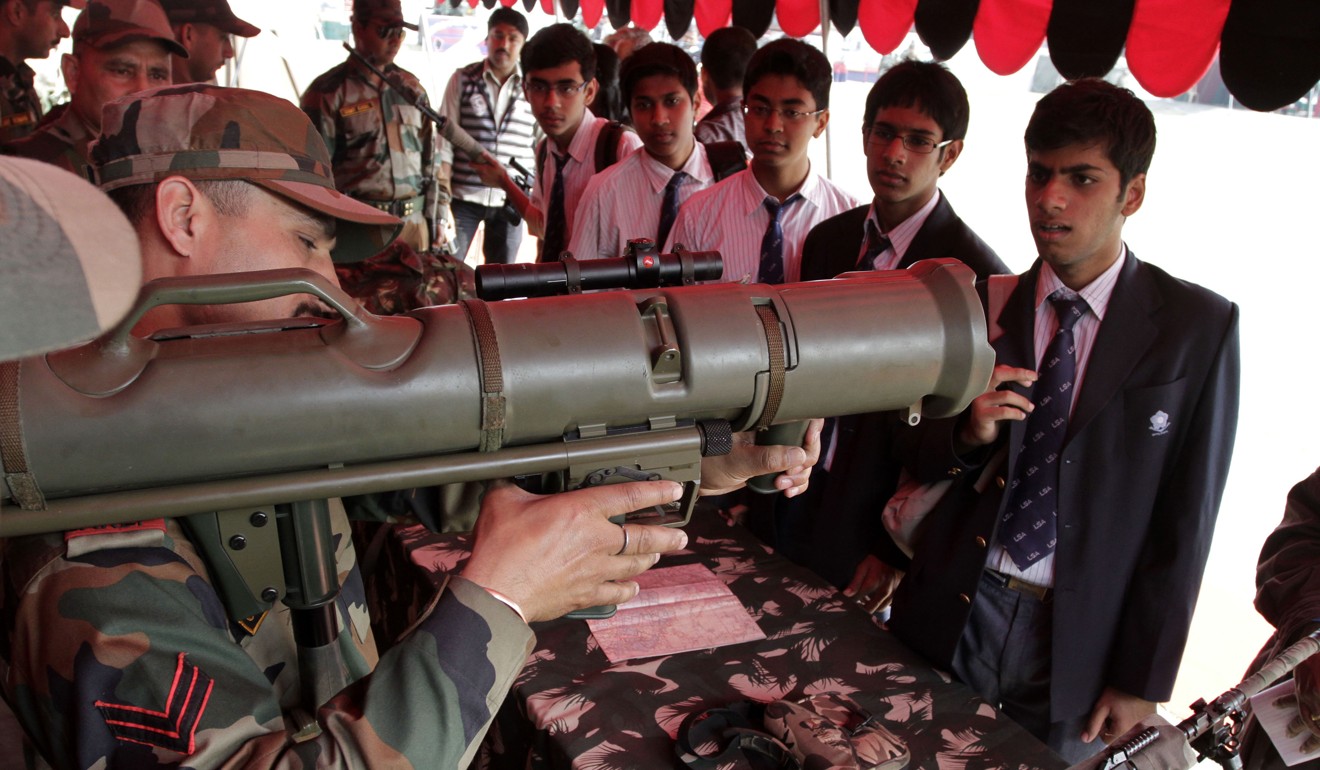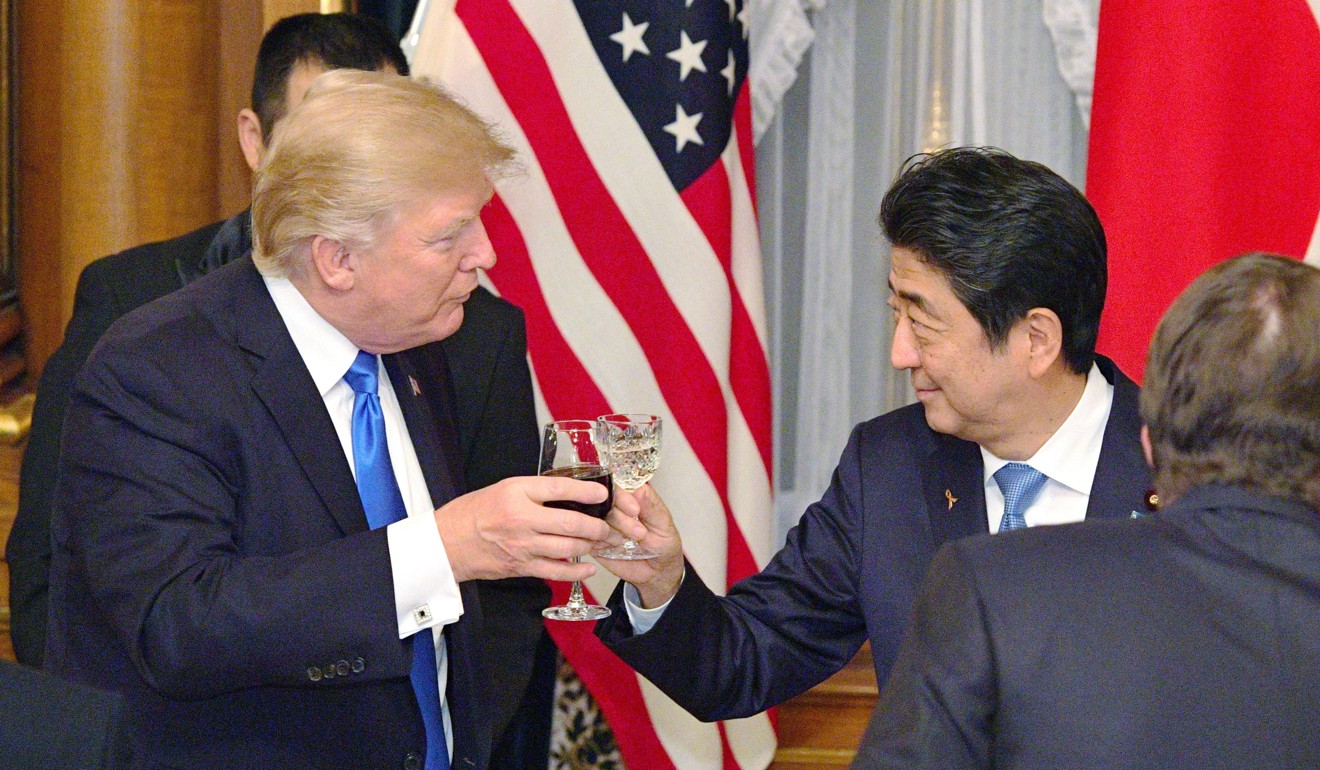
What’s behind Donald Trump’s arms sales pitch in Asia?
B. Z. Khasru says the American president can fulfil his campaign promises to reduce trade deficits and US overcommitment by selling weapons to Asia, but the rise in military spending, nationalism and tensions do not bode well for regional stability
On a broader scale, Trump plans to lift restrictions on US arms exports through an executive order before the end of the year, a move that could intensify existing conflicts and spark new ones worldwide.

The troops may have stepped back, but the China-India dispute in the Himalayas is far from over
America’s arms sales initiative, managed by the White House National Security Council, is part of Trump’s plan to make the US more competitive in international trade when its allies shop for fighter jets, warships, missile defence and other military equipment in an intensely competitive market.
Trump said in Tokyo this week that he expected Japan to buy “massive amounts” of US arms, while stressing his concern about America’s trade deficit with the world’s third-largest economy. He made a similar statement in South Korea.
US aerospace and defence sales have been anaemic. In 2016, the industry generated US$872 billion in sales, down US$5.7 billion from a year earlier, and US$10 billion down from a five-year high in 2012, according to the Aerospace Industries Association, a US trade group. The industry lost more than 14,000 jobs in 2016.

Trump: ‘samurai’ Japan will shoot down North Korean missiles after buying new weapons from US
Abe wants to buy American to please his closest foreign friend with an eye towards the future. He cares about being diplomatically and strategically correct because of the China factor. When Abe touted the US-Japan alliance at the start of Trump’s visit, he had on his mind not only North Korea, but also China.
Abe’s public display of cordiality towards Trump, however, masked the hidden uneasiness in Japan about the US president. A recent survey by The Japan Times found 43.7 per cent of respondents viewed Abe-Trump amity as bad for Japan and nearly 63 per cent did not expect much from Trump’s visit.
Xi urges troops at China’s first overseas base to help promote peace and boost country’s image
South Koreans are equally nervous. Only 17 per cent are confident that Trump would “do the right thing regarding world affairs”, according to Pew Research.
The trend suggests that the relative stability since the China-Vietnam war in 1979 may be coming to an end. Border disputes, rising nationalism and distrust of neighbouring nations’ strategic intentions are behind this arms race.
Trump hopes to use this to America’s advantage.
B. Z. Khasru, is editor of The Capital Express in New York and author of Myths and Facts Bangladesh Liberation War, and The Bangladesh Military Coup and the CIA Link
